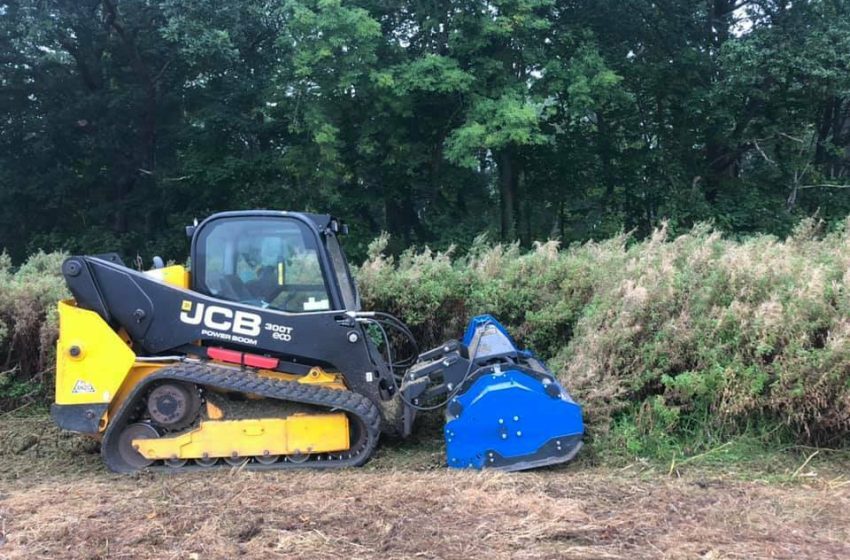The Essential Guide to Construction Site Clearance

Introduction
Construction site clearance is a critical first step in any construction project. It involves the removal of obstacles, debris, and hazardous materials from a site, preparing it for construction. This process not only ensures a safe working environment but also contributes to the smooth progression of the project. In this article, we’ll explore the importance, process, and best practices for construction site clearance, providing a comprehensive guide for project managers and construction professionals.
Why Construction Site Clearance is Essential
Construction site clearance is more than just cleaning up a space. It’s about creating a safe and efficient environment for workers and machinery. A well-cleared site reduces the risk of accidents, such as trips, falls, or machinery mishaps. Additionally, it ensures that the construction can proceed without unnecessary delays caused by unexpected obstacles.
Moreover, proper site clearance is often a legal requirement. Regulations mandate that certain hazardous materials, such as asbestos, are safely removed before construction begins. Failure to comply can lead to fines and project delays, making it crucial to prioritize this step.
The Process of Construction Site Clearance
The process of construction site clearance typically involves several key steps. First, a thorough site assessment is conducted. This involves identifying potential hazards, such as unstable structures, dangerous materials, or overgrown vegetation. Once the assessment is complete, a plan is developed to address these issues.
Next, the actual clearance begins. This can involve the demolition of existing structures, removal of debris, and safe disposal of hazardous materials. For instance, if a site contains asbestos, specialized contractors must handle its removal, adhering to strict safety protocols.
After the physical removal of obstacles, the site may require additional preparation. This could include leveling the ground, removing tree stumps, or installing temporary fencing to secure the area. Each of these steps ensures the site is not only clear but also ready for the next phase of construction.
Best Practices for Effective Construction Site Clearance
To ensure efficient and effective construction site clearance, several best practices should be followed:
- Comprehensive Planning: Before starting the clearance, a detailed plan should be created. This plan should outline the specific tasks, required equipment, and safety measures.
- Use of Professional Services: Engaging experienced professionals is crucial, especially for handling hazardous materials. These experts are trained in the proper disposal methods and safety protocols, minimizing risks.
- Regular Communication: Keeping open lines of communication between project managers, clearance teams, and other stakeholders is essential. This ensures everyone is aware of the progress and any potential issues that may arise.
- Adherence to Regulations: Always comply with local regulations and guidelines related to construction site clearance. This not only prevents legal issues but also ensures the safety of all workers.
- Environmental Considerations: Construction site clearance can impact the environment. Therefore, it’s important to consider sustainable practices, such as recycling materials and minimizing waste.
Conclusion
Construction site clearance is a vital component of any construction project. It sets the stage for a safe and efficient work environment, allowing the project to proceed smoothly. By understanding the importance of site clearance, following best practices, and complying with regulations, project managers can ensure that this crucial step is completed successfully.
In summary, construction site clearance involves more than just removing debris. It requires careful planning, professional expertise, and a commitment to safety and environmental responsibility. Whether you’re a seasoned project manager or new to the construction industry, understanding and prioritizing site clearance can make a significant difference in the success of your project. By doing so, you not only protect your workforce but also contribute to a smoother, more efficient construction process.

